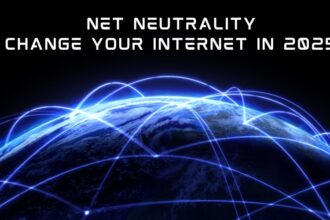GPT-4o, OpenAI’s newest big language model and GPT-4 Turbo’s replacement, was unveiled on Monday. Continue reading to learn about its features, performance, and potential applications.
What is GPT-4o from OpenAI?
OpenAI’s most recent LLM is GPT-4o. The “omni” (Latin for “every”) that appears before the ‘o’ in GPT-4o refers to the ability of this new model to process prompts that include text, voice, pictures, and video. Separate models were formerly utilized by the ChatGPT interface for various sorts of information.
For instance, if you were speaking to ChatGPT in Voice Mode, Whisper would turn your speech into text, GPT-4 Turbo would provide a text answer, and TTS would turn that text response into speech.
In a similar vein, GPT-4 Turbo and DALL-E 3 were combined while dealing with photos in ChatGPT.
Simplifying the interface, generating faster and higher-quality results, and exploring new use cases are all promised by using a single model for various content media.
What sets the GPT-4o apart from the GPT-4 Turbo?
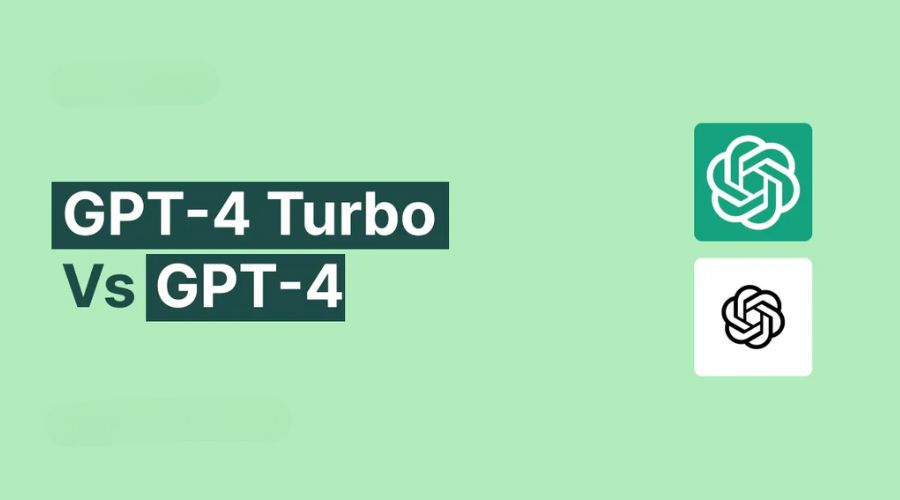
GPT-4o eliminates several shortcomings of the earlier voice interaction capabilities thanks to its all-in-one model approach.
Speaking to ChatGPT in voice mode, for instance, would cause your speech to be translated to text using Whisper, a text answer to be created using GPT-4 Turbo, and that text response to be transformed into speech using TTS.
1. Voice intonation is now taken into account, promoting emotional reactions
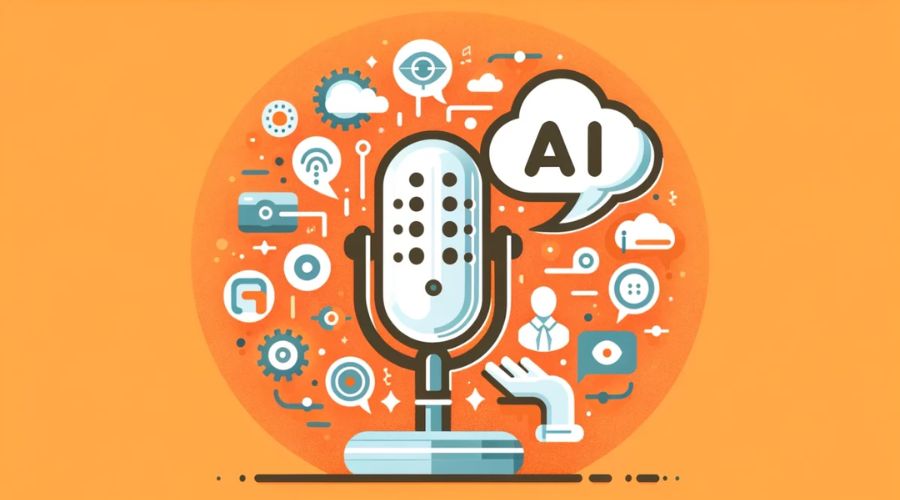
GPT-4, the reasoning engine, could only access spoken words under the prior OpenAI system that combined Whisper, GPT-4 Turbo, and TTS in a pipeline. This approach meant that variables like speech inflexion, ambient sounds, and familiarity with numerous speakers’ voices were just ignored. As a result, GPT-4 Turbo was unable to accurately convey replies using a variety of speech patterns or emotions.
2. Less latency makes real-time communication possible.
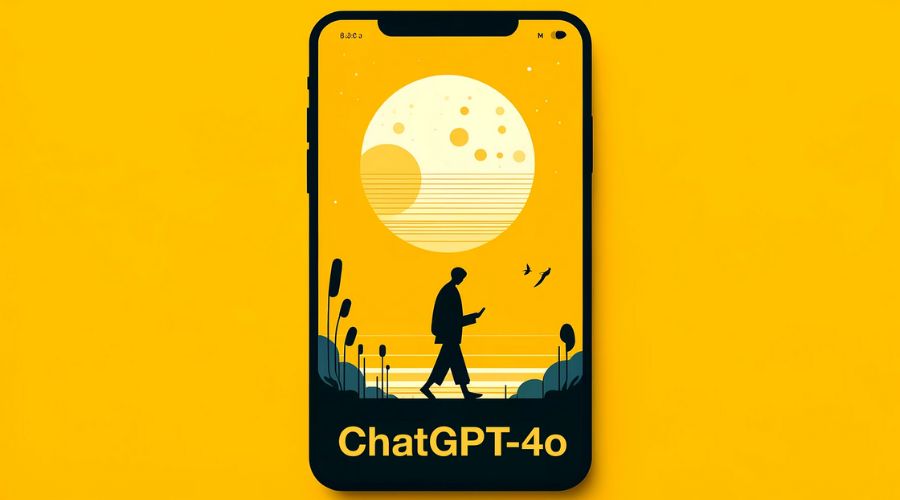
There was a slight delay (“latency”) between speaking to ChatGPT and receiving a response because of the current three-model pipeline.
According to OpenAI, the average voice mode delay for GPT-3.5 and GPT-4 is 2.8 and 5.4 seconds, respectively. In comparison, GPT-4o has an average latency of 0.32 seconds, which is 17 times quicker than GPT-4 and nine times faster than GPT-3.5.
This reduced latency is significant for conversational use cases, where there is a lot of back and forth between humans and AI and the intervals between replies build up. It is comparable to the average human reaction time of 0.21 seconds.
This function reminds us of when Google first introduced Instant, their search query auto-complete, back in 2010. Even if searching doesn’t take very long, the product experience is improved if you can save a few seconds each time you utilize it.
Real-time voice translation is one use case where GPT-4o’s lower latency makes sense.
3. A camera feed may be described thanks to integrated vision.
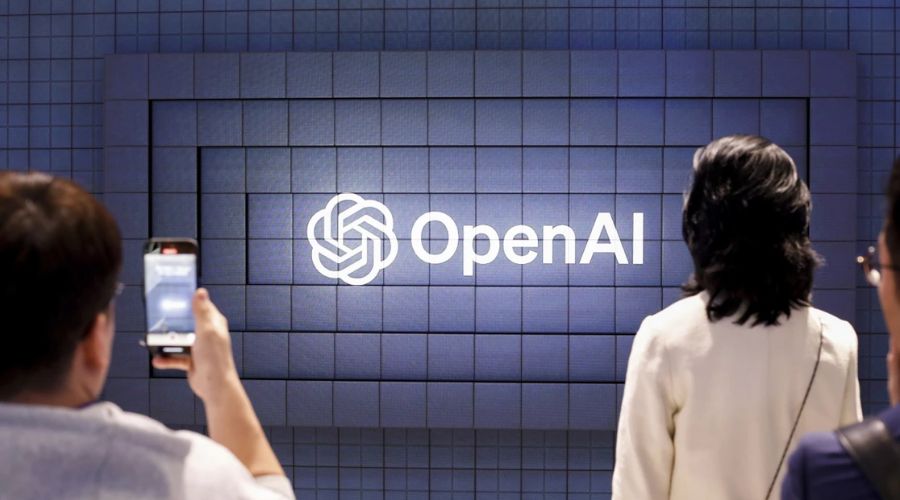
GPT-4o offers functionality for images and videos in addition to voice and text connectivity. This implies that it can describe what’s displayed on a computer screen, respond to inquiries regarding a picture that’s on screen, or assist you in your job if you provide access to the screen.
In addition to using a screen, GPT-4o can explain what it sees if you provide it access to a camera, such as the one on your smartphone. Open AI shows how a chat is held between two GPT-4o-powered cellphones. Using the cameras on their smartphones, one GPT shows what it sees to another GPT that is blind. The outcome is a three-way dialogue between a person and two AIs.
4. Improved tokenization for alphabets other than Roman offers faster processing times and better value.

Tokenization of the prompt text is one stage in the LLM procedure. The model can comprehend these textual pieces. Tokens in English usually consist of a single word or punctuation mark; however, certain words might include more than one token. Three English words typically occupy four tokens. Text generation can be done more quickly and with fewer computations if language can be represented in the model using fewer tokens.
Furthermore, fewer tokens translate into a cheaper price for API users because OpenAI charges for its API based on token input or output.
Because of the enhanced tokenization mechanism in GPT-4o, fewer tokens are required for each text. The majority of languages that do not use the Roman script exhibit improvement.
As an illustration, Indian languages have benefited more than others; Hindi, Marathi, Tamil, Telugu, and Gujarati have all shown decreases in token counts of 2.9 to 4.4 times. East Asian languages, including Chinese, Japanese, Korean, and Vietnamese, had token reductions ranging from 1.4x to 1.7x, while Arabic showed a 2x decrease.
Conclusion:
GPT-4o, which integrates text, audio, and visual processing into a single effective model, is a significant advancement in generative AI. Faster reactions, more interactive exchanges, and a broader range of uses—from increased data analysis and accessibility for the blind to real-time translation—are all promised by this invention.
Although GPT-4o has several early drawbacks and risks—like the possibility of being abused in deepfake scams and the requirement for more optimization—it is nevertheless a significant step toward OpenAI’s objective of creating artificial general intelligence. GPT-4o may transform our relationship with AI as it becomes more widely available and integrated into both personal and professional responsibilities.
GPT-4o is positioned to become a new benchmark in the AI sector with its improved capabilities and cheaper cost, opening up new opportunities for customers in a variety of industries.
AI has a bright future ahead of it, so now is a great time to start understanding how it operates. Start with our AI Fundamentals skill track if you’re new to the area. It includes practical knowledge on subjects like ChatGPT, huge language models, generative AI, and more. Our practical training will also teach you more about using the OpenAI API.
FAQs:
On ChatGPT 4o, what’s new?
The most recent iteration of ChatGPT will be able to detect emotional cues and speak with users in a more human-like tone. Additionally, GPT-4o will be able to produce its own simulated emotional responses.
How can one obtain ChatGPT 4o?
You may access 4o both online and on the mobile app if you have access to it through your account. Additionally, a Mac software has begun to be made available to certain customers. However, be cautious when clicking links, since fraudsters exploit them to infect computers with malware.
How can 4o ChatGPT be used?
It is capable of processing data from text, audio, and pictures and is quicker and more potent than the GPT-4 version that came before it. Like humans, it can comprehend spoken language and react to it in real time, which opens up possibilities for real-time translation and other uses.




